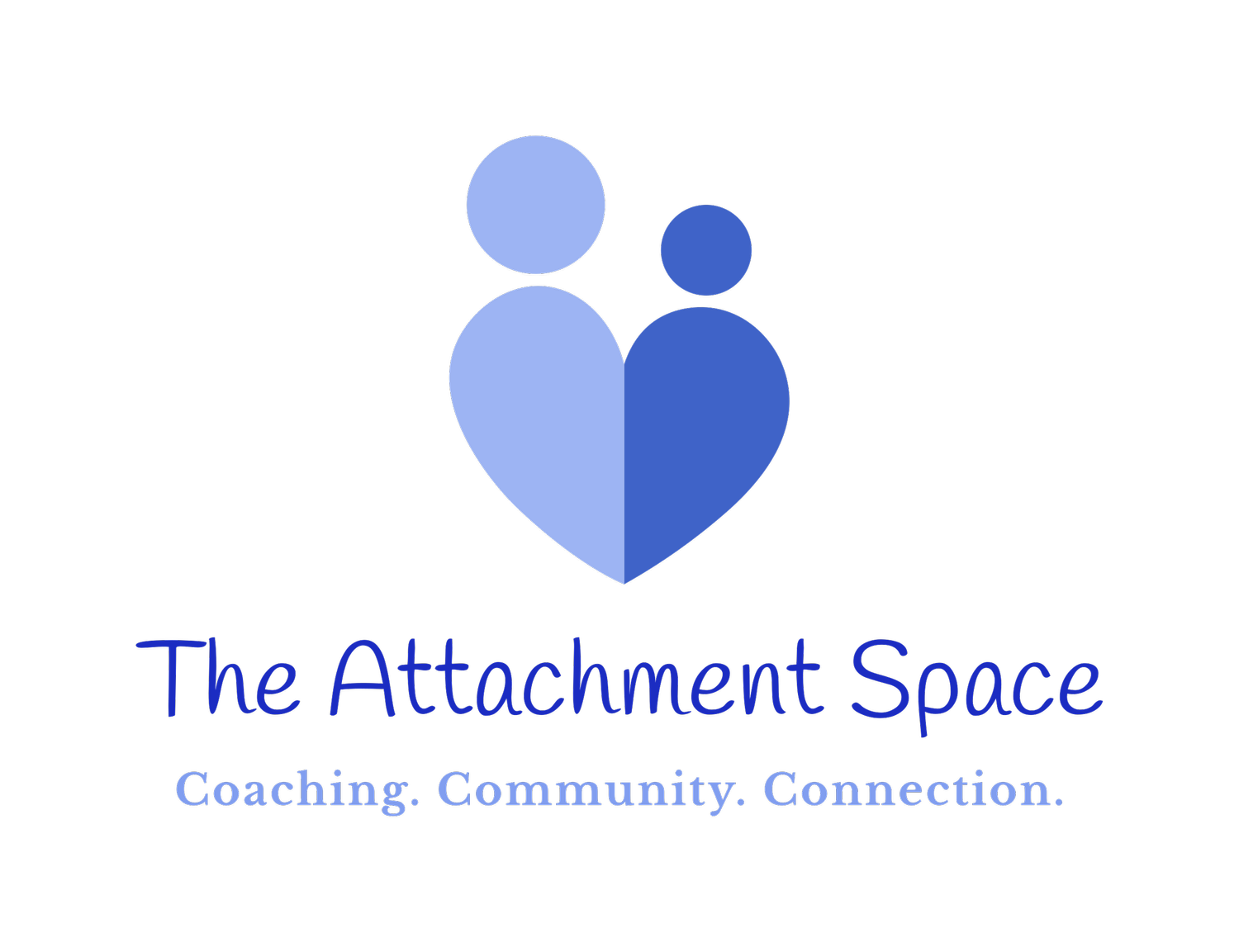It’s Not You vs. Them—It’s You vs. the Pattern
Why Family Therapy Works Best When We Focus on the Cycle, Not the Story
A parent in one of my recent groups asked a great question:
“How can teens really buy into family therapy? Don’t they worry the therapist will side with the parents? And what if the parents feel like the therapist is siding with the teen?”
It’s such a real concern—and such a powerful doorway into the heart of what makes family work in therapy either fall flat… or move mountains.
The answer?It all comes down to what we’re actually fighting against.
When families come into therapy, it’s easy to start storytelling.
“He said…” “She did…” “They always…” “I never…”
And pretty soon, we’re stuck in a cycle of blame. Everyone is defending, attacking, or shutting down. And while it might feel cathartic in the moment, it rarely gets us where we want to go.
The Story Isn’t the Problem. The Pattern Is.
In family and relational therapy, the “problem” can’t be a person.
Not your teen. Not your partner. Not yourself.
The problem has to be the pattern—the way communication, behavior, and emotional reactions loop in a cycle that keeps everyone stuck.
When we shift the focus from who’s right to what’s happening, we move from courtroom to collaboration. And that’s when therapy becomes effective.
When everyone in the room can say: “This pattern isn’t working for us,” we’ve already taken the first step toward real change.
A Therapist’s Job?
Not to pick sides. Not to dig into the drama.
But to join you as an investigator—mapping out the cycle and helping each person understand their part in it, with compassion and clarity.
I once heard someone say (I wish I remembered who!):
“Everyone should leave a family or couples session thinking, ‘I’m definitely the therapist’s favorite.’”
And it’s true.
When therapy feels safe, respectful, and focused on the pattern, not the person, change becomes a shared goal—not a solo burden.
Tips: How to Start Noticing the Pattern in Your Family
Want to start shifting the dynamic before or between sessions? Try this:
Look for the Loop
Ask yourself:
What typically happens before we argue or shut down?
Is there a trigger we all respond to in different ways?
How do I usually react—and what does that lead to?
Identify Roles
Does someone always become the peacemaker? The exploder? The withdrawer? These roles aren’t “bad”—they’re clues to the cycle.
Pause the Story
When you catch yourself replaying the details of a fight, ask:
What was I feeling underneath? What did I need in that moment?
Tips: How to Show Up to Family Therapy
Be curious, not certain.
Try to enter the room with the mindset of learning—about yourself, your loved ones, and the system you’re all part of.
Let the therapist guide the journey.
If it starts to feel like a blame game, it’s okay to say, “I think we’re getting lost in the story. Can we come back to the pattern?”
Be honest—but not brutal.
Sharing truth is important. So is making space for other people’s truths.
Ask, “What’s the goal of this share?”
Are you hoping to be understood, to punish, to defend, or to repair?
At The Attachment Space, we believe that everyone—parents, teens, couples, families—deserves a space to feel seen, heard, and supported.
The goal of therapy isn’t to win.
It’s to understand—and from there, to grow.
Remember: You’re not fighting each other.
You’re fighting for your relationship—against the pattern that’s been getting in the way.
And that’s a fight worth showing up for.
